 Loved this lunch in an Armenian Restaurant plus live music/ bohemian-style hang out. Mahummara – think a dip, but much more, walnuts flavoured with pomegranate molasses (there’s a recipe in ‘Peace & Parsnips’) and fried courgettes with crisp onions and creamy tahini sauce. Plus massive pot of rose and mint tea. If you read a book here, they gave you a free drink!! I was one of the only people not wearing a Trilby.
Loved this lunch in an Armenian Restaurant plus live music/ bohemian-style hang out. Mahummara – think a dip, but much more, walnuts flavoured with pomegranate molasses (there’s a recipe in ‘Peace & Parsnips’) and fried courgettes with crisp onions and creamy tahini sauce. Plus massive pot of rose and mint tea. If you read a book here, they gave you a free drink!! I was one of the only people not wearing a Trilby.I am very lucky to travel so much in my life. It’s basically called ‘not having kids’ according to many of my friends. The freedom to jump around the world and feast like a happy herbivore.
I’d always wanted to eat my way around Lebanon and learn more about this incredible country. I took the opportunity to stop in Beirut, as I headed back West from India earlier in the year. I had a unique experience, flying to Ethiopia before heading up into the Middle East. The views of Ethiopia from the plane window left me wanting to see more, and maybe a bit closer.
I was not disappointed by Lebanon in anyway, it’s a small country with a big heart and packs in some incredible sites and flavours for the curious and slightly intrepid traveller sort. There are fascinating places here which see very little tourism. But let’s start with the food….
 Msabaha – I liked it so much, I did a recipe for it on the BHK. See here.
Msabaha – I liked it so much, I did a recipe for it on the BHK. See here.MEZZA – LEBANON ON A (LITTLE) PLATE
Mezza (mezze/ tapas in the Middle East) was my main fuel for belly and tastebuds. Wow! Mezza in Lebanon made tables groan and filled me with a rainbow of colours and flavours.
Things like Baba Ganoush (Baba Ganouj sometimes), radiant salads, Ful (gorgeous, soft and rich fava beans), loads of pickled veggies, of course, gallons of creamy, sumptuous hummus (I’m not going over the top there), and falafels. Falafels, then falafels and more falafels. I ate piles of those delicious crispy lumps. Mainly in a wrap. I could have done a falafel recipe, but truth is, there no different to the gazillion that are out there now. They are light and cripsy and in one of Lebanon’s most famous falafel places, Falafel Sayhoun, they are heavy on the black pepper. A bit of a surprise. I’ll write more about falafels soon.
I’m a vegan, falafels make up a large part of my dining out diet. Therefore, I probably eat as many falafels per year as your average Lebanese person. I was in good company.
 Ful – Tasty breakfast, fava beans flavoured with a little spice and great olive oil. You are never more than a metre away from a pile of flatbread in Lebanon.
Ful – Tasty breakfast, fava beans flavoured with a little spice and great olive oil. You are never more than a metre away from a pile of flatbread in Lebanon.EATING LEBANON
My style is cheap. What to do! I love to travel which means that expensive restaurants are off the menu. I’m fine with that. I seek the best food in the street, down alleys, from little windows and stands, in peoples homes and local restaurants. Basically, the food everyone is eating. the culinary pulse of a place. Cutting edge is great, but I like to go straight to the heart first. I’m very rarely disappointed. I have no interest in decor if the food is bang on.
What we have here are a selection of vegan Lebanese staples. There is one vegan/ vegetarian restaurant in Beirut, but really, the Lebanese cuisine is vegan friendly, there’s a falafel joint on every corner and thats just the beginning. You’ll pick up a fresh juice without any problems, juice bars are all over the place. Plus, there are loads of shops selling nuts, seeds and Turkish delight (normally vegan). Ideal travel snacks when you’re wandering around in search of interesting nooks of cities and towns. Maybe you’re a hiker? Perfect.
One difficulty about ordering/ writing about Lebanese food is that it’s such a diverse place, with bags of culture/ influences, the names and spellings for many dishes seem quite fluid. But here goes, many of which are lifted from scribbles in my notebook.
 One of the main mosques, Mohammad Al-Amin, in central Beirut.
One of the main mosques, Mohammad Al-Amin, in central Beirut.WHAT I ATE – VEGAN LEBANON
Where to begin? Stuffed vine leaves. Mujadara (rice and lentils – recipe in ‘Peace & Parsnips‘) normally with a tomato sauce, Manouche (see below – like a massive, thin pancake, stuffed with punchy za’atar and loads of olive oil, although fillings vary). What else……sumac was there……..
 This nice woman made me a Manouche many mornings. Interesting technique, rolled super thin, big flat glove type thing, slapped on a dome shaped hot plate. Leave to bubble and brown. Enjoyed with fresh juice and coffee.
This nice woman made me a Manouche many mornings. Interesting technique, rolled super thin, big flat glove type thing, slapped on a dome shaped hot plate. Leave to bubble and brown. Enjoyed with fresh juice and coffee. The finished Manouche (Manakish)
The finished Manouche (Manakish)I really enjoyed the veggie version of Fasoulya Hammanieh, a really rich bean stew which loved warm flat bread. The chickpea is a hero in these parts. I ordered an interesting sounding dish one night and what turned up was just a bowl of chickpeas in their cooking broth with a pinch of cumin on top. Basic, but was really tasty. The cumin, wow, potent stuff.
It goes without saying that the hummus is incredible, creamy and rich. I wrote about hummus recently. The tahini is also, as expected, next level plant-based creaminess. You might know by now, and I not shy to say, tahini is probably my favourite thing in the world. Taking a fried courgette/ aubergine and introducing it to a light tahini sauce is a beautiful act.
I did not manage to find any veggie Kibbeh, which was a shame, but there was enough to keep me occupied. I enjoyed Makdous, bigger aubergine pickles stuffed with nuts. Shades a pickled onion. Batata Harra were a constant source of yum, baked or fried potatoes with a spicy, more-ish coating. Spoon them in with hummus and pickle and again, we’re going somewhere nice for a while.
If you are Lebanese, or just know, what is the difference between Baba Ganouj and Mutabal? Smoking?
LEBANON LOVES FOOD (AND DRINK)!
Lebanese people LOVE eating and many Lebanese dishes can be traced back thousands of years. If it ain’t broke….. Most restaurants and houses I visited had large groups of people sat around lots of dishes of food, drinking sometimes beer, wine or coffee and taking their time. Maybe its the Mediterranean that does this to us. Slows things down, makes us enjoy the good things in life a little more.
Lebanese beer and wine is very good quality, I didn’t know much about it before, but some of the central valleys in Lebanon are making great wines and not too expensive. Arak is popular, an aniseed alcohol which can also be good quality, but is normally proper rocket fuel.
When you drink, you eat. I like that. In the little, bespoke style bars of Beirut, I regularly got a little tray or bowl of something with my drink. A nice touch, especially when you see the price of the drinks!!
 Tabouleh, you probably know. Lots of herbs, chopped. Lebanon does amazing roast, spicy potatoes. Who knew?! These sesame flatbreads were really quite special. Fatoush is another delicious Lebanese salad, normally with a nice pomegranate molasses flavour dressing and crispy, flatbread croutons.
Tabouleh, you probably know. Lots of herbs, chopped. Lebanon does amazing roast, spicy potatoes. Who knew?! These sesame flatbreads were really quite special. Fatoush is another delicious Lebanese salad, normally with a nice pomegranate molasses flavour dressing and crispy, flatbread croutons.LEBANESE COFFEE
Tea and coffee are not such a big deal in Lebanon. At least in public. Unlike Egypt and Turkey and other Middle Eastern countries I’ve visited, there are not many tea shops or cafes. I was told that people tend to drink tea in their homes and Lebanese coffee (Ahweh) is served in the Greek/ Balkan etc style of finely ground (Turkish grind), boiled in a little vessel and served in small, espresso size cups. It’s robust. The resulting coffee is strong, sometimes flavoured with things like cardamom, and leaves that tell-tale sludge at the bottom of your cup.
 Sesame flatbread bakery – Tripoli. That’s all they do, hundreds, thousands of steaming sesame flatbreads. You know they’ll be good!! Come out the oven puffed up like golden balloons.
Sesame flatbread bakery – Tripoli. That’s all they do, hundreds, thousands of steaming sesame flatbreads. You know they’ll be good!! Come out the oven puffed up like golden balloons. I loved everything I ate in Tripoli, but this was challenging. Sharab Al-‘Eriq Sous is made by continuously pouring water through a bag filled with a licourice mix producing a potent licourice concoction. Wakes the taste buds up and makes you pull funny faces.
I loved everything I ate in Tripoli, but this was challenging. Sharab Al-‘Eriq Sous is made by continuously pouring water through a bag filled with a licourice mix producing a potent licourice concoction. Wakes the taste buds up and makes you pull funny faces.DESSERT
I didn’t actually sample many Lebanese desserts. Most were dairy based and I was happy with the ubiquitous fruit, I was also normally stuffed from the meals and all that flatbread. Halva, the nutty types, are normally vegan, but I find them overly sweet. I like a little nibble though and it is delicious. Of course, the tahini variety is a favourite.
 Pastes, spices and herbs. I love these stalls. Bought some Za’atar here and some nice dried apricots, to be made into a refreshing drinks. Amar-el-Deen, sometimes with a little twist of rosewater. Perfect in the summertime. I’d never heard of it before and went to a world food store in Newcastle yesterday and found the exact same packet!!
Pastes, spices and herbs. I love these stalls. Bought some Za’atar here and some nice dried apricots, to be made into a refreshing drinks. Amar-el-Deen, sometimes with a little twist of rosewater. Perfect in the summertime. I’d never heard of it before and went to a world food store in Newcastle yesterday and found the exact same packet!!BEIRUT
Is set on the Mediterranean coast and was not long ago, a cosmopolitan city influenced by the French, attracting tourists from around the world with stunning architecture. It is one of the oldest cities on earth. Beirut has had it’s problems, you probably know all about them. Basically destroyed by the recent civil war it is a city being rebuilt, pockets of nightlife, galleries, museums are springing up amidst the ongoing problems. In parts of Beirut, you could be in places like soho, tiny bars and lots of well heeled trendy sorts hanging out drinking cocktails. I stayed in a wonderful hostel in the centre of a well-to-do corner of the city, plush in parts, a place teeming with offices, restaurants and the occasional hummer.
 The Saifi Urban Gardens band. Twice a week, everyone dances, but everynight there’s a party.
The Saifi Urban Gardens band. Twice a week, everyone dances, but everynight there’s a party.The hostel has a sprawling, open air restaurants downstairs, serving excellent, inexpensive food, with regular live Arabic bands. It was a buzzing place, never dull and the staff were incredible. Saifi Urban Gardens.
Beirut is good for a couple of days looking around and then serves best as a base for travelling around Lebanon, only a few hours on a bus will take you to any corner of the country. Most people staying at the hostel, which is a real hub, were students of Arabic. They did not seem to travel around much, citing tensions and security issues, but most local people just said “Go for it, all is cool.” So I did and was rewarded with many memorable experiences.
 Street Art – Beirut
Street Art – BeirutA RANDOM VEGAN POKE
Mar Mikael and Gemmayze are where the richer, trendy sorts hang out and there is a thriving bar and cafe culture in these areas, not to mention a diverse restaurant scene. Over the road from my hostel, I bumped into a chef who showed me around his new restaurant, the theme is Poke (pronounced with an accent on the ‘e’, like ‘Ole!’). Have you heard of it? A concept he picked up in Hawaii, mainly seafood and veggies in a bowl. Food that looks outrageously beautiful and he made me a special plant-based bowl. It was dark, no pic. It was interesting to be eating Hawaiian in Beirut.
Poke, Buddha bowls, whatever you want to call them, a very nice way of presenting a variety of foods and punchy flavours. Don’t mix things up, keep them separate and appreciate each ingredients qualities. I think it makes a nice change. If you’re not familiar with these things, you’re probably not on Pinterest/ Instagram (like me).
 One of the coolest people I met. Kid DJ in the old quarter of Byblos. Playing Arabic dance music turned up to 11 for no one in particular. For the love of it!
One of the coolest people I met. Kid DJ in the old quarter of Byblos. Playing Arabic dance music turned up to 11 for no one in particular. For the love of it!Of course, being a vegan traveller you right off the majority of most menus when you move around. But in Lebanon, what is left is so delicious and generally varied, that you would not dream of feeling left out of the moveable feast. I lower my expectations and am normally just happy to get fed. In Lebanon, I revised that, and realised that most Lebanese people love their veggies and pulses.
Lebanese cuisine is well up there with my favourites, being vegan, it’s even a little healthy, all that hummus, tahini, vivid pickles, fresh juices and normally wholemeal flatbread.
 Beirut – no beaches, mainly little rock outcrops where people sun bath and chill. This is from the promenade known as ‘Corniche’. Here, you could be anywhere in the Med, as people come out to exercise and stroll with poodles around dawn and sunset.
Beirut – no beaches, mainly little rock outcrops where people sun bath and chill. This is from the promenade known as ‘Corniche’. Here, you could be anywhere in the Med, as people come out to exercise and stroll with poodles around dawn and sunset.Lebanon left a big impression more to come soon……The Perfect Falafel and more travel stories On The Road in Lebanon.
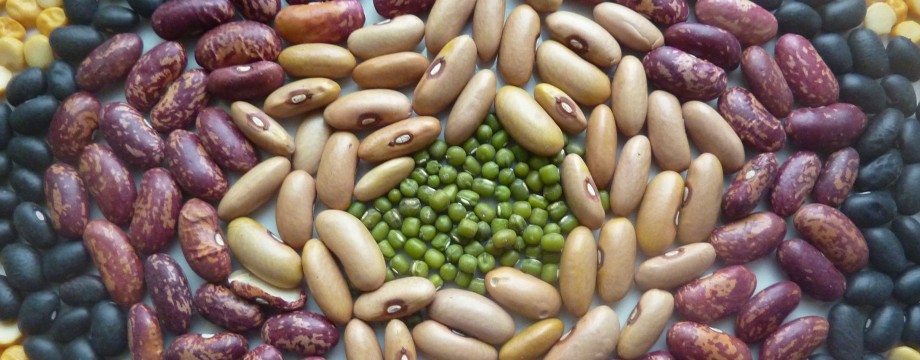


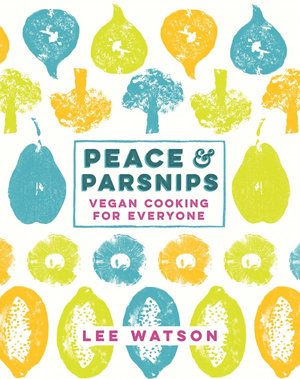






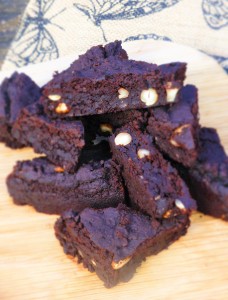
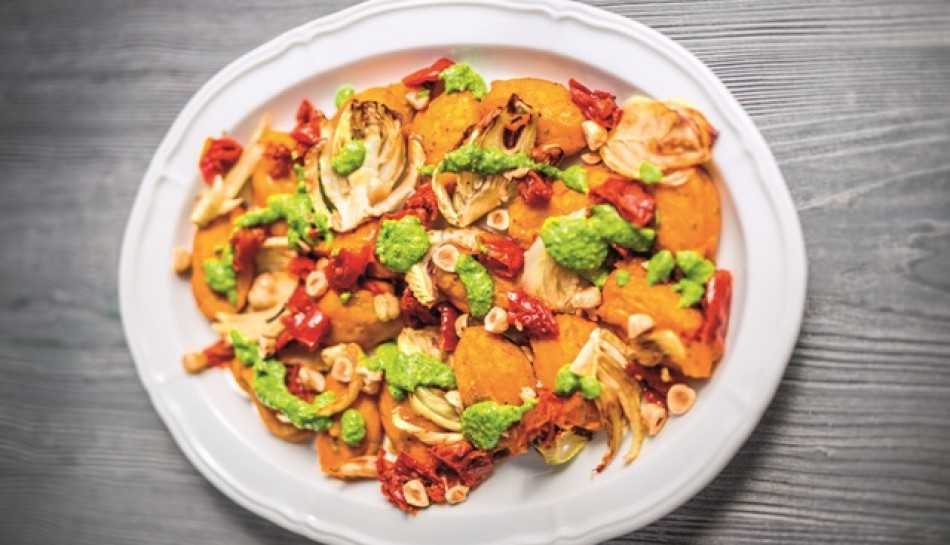




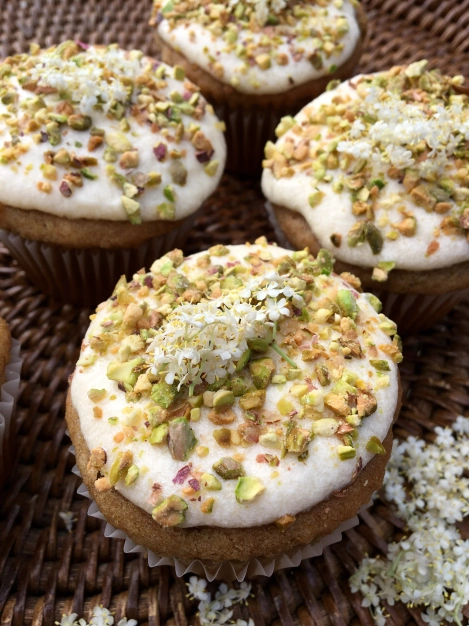




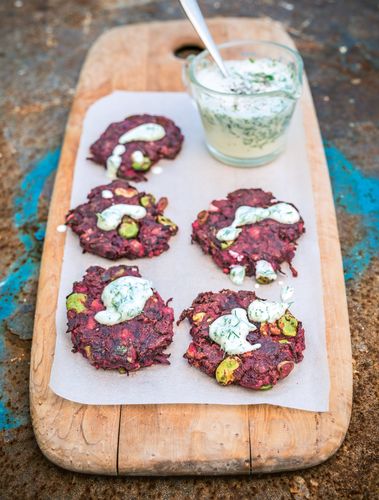
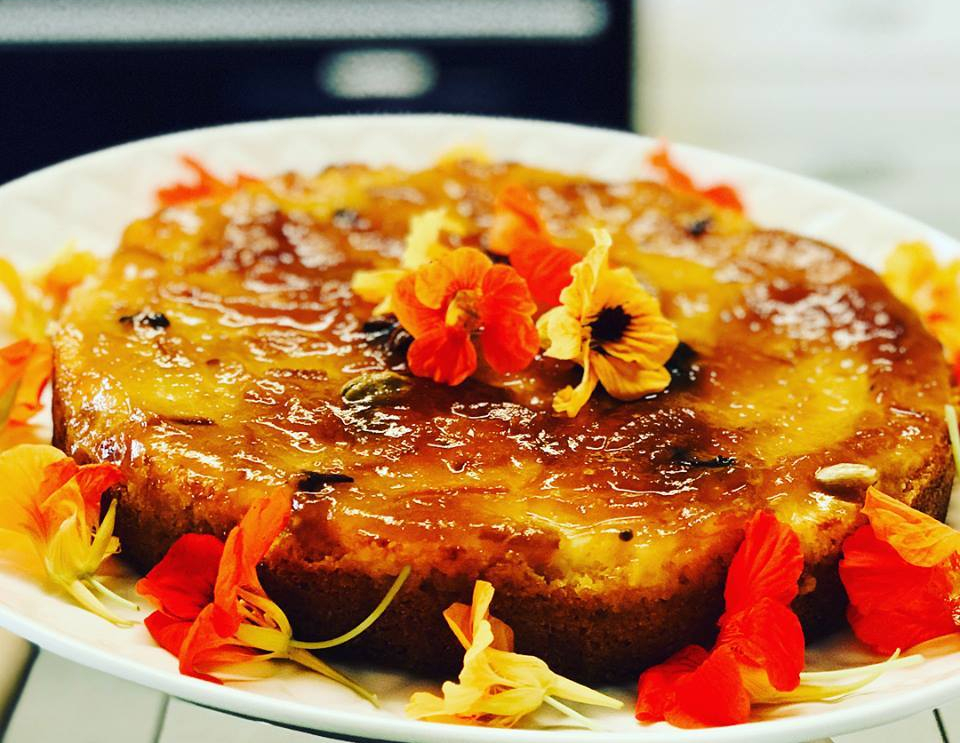
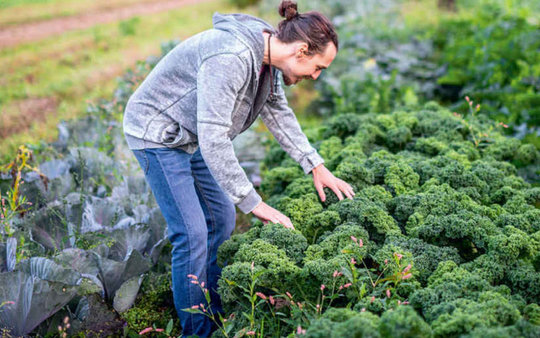

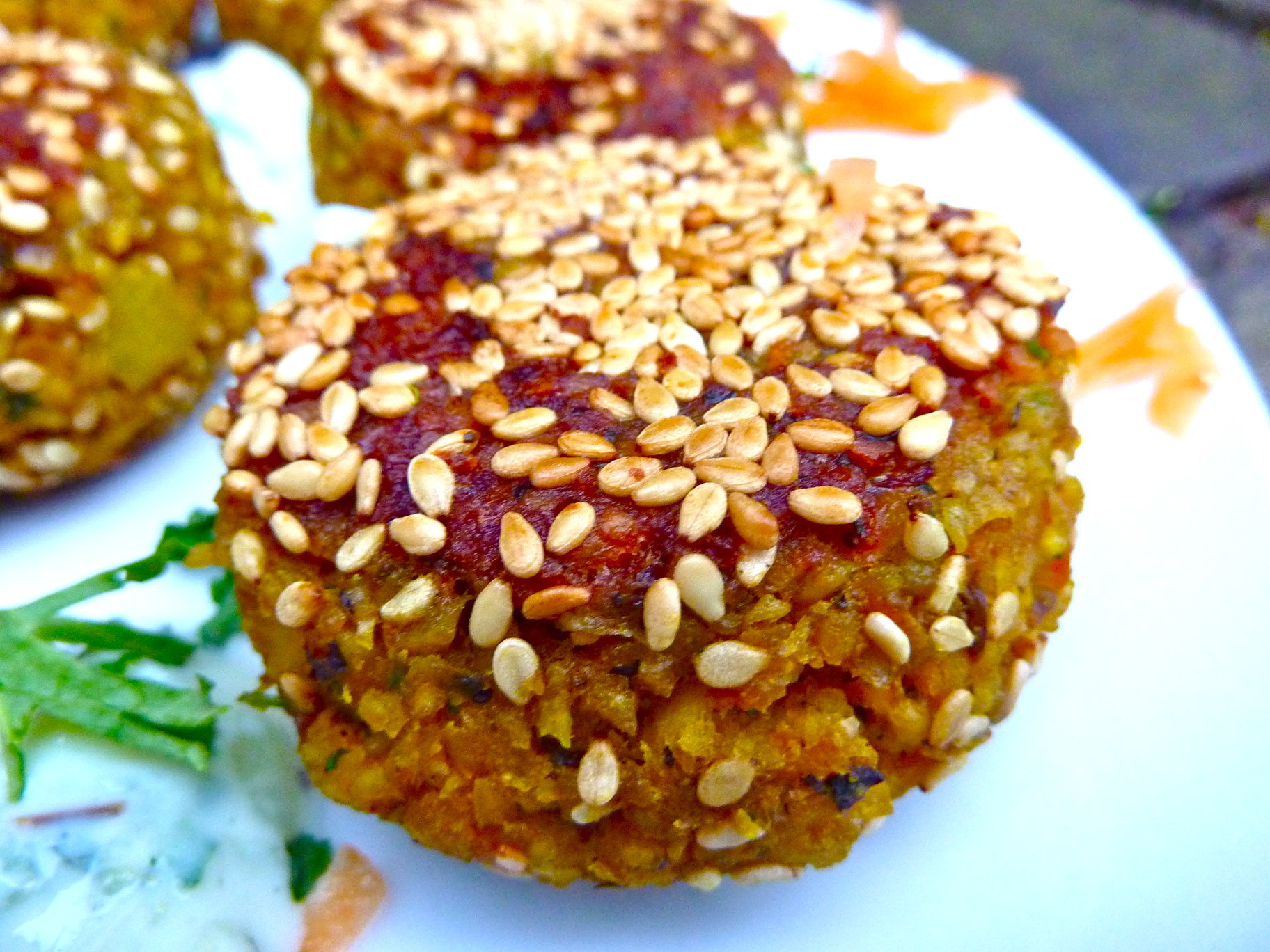






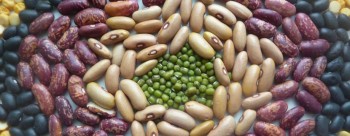

The food looks great! 🙂
Thanks Roselinde!! It was delicious:)
How interesting and well written. I’d love to read a travel-come-recipe book by you!
Thank you!! I think you might like ‘Peace & Parsnips’, a book I wrote about food and travel;)
LOL!!! It’s on my wish list.
Fantastic!!
Pingback: Seeking falafel perfection in Lebanon and making the dream falafel wrap | beach house kitchen
Last time I went to the UAE I was a meat eater, I’ve been worrying about going out there (for 7 months) as a vegan, this write up puts me at ease a little. 🙂
I think you’ll find some great beans dishes. I’ve never been to the UAE (outside the airport anyway) and reckon that you’ll be fine. Nice veggies and flat breads. Let us know how it goes. I’d be interested to know all about the vegan scene in Abu Dhabi;) Good luck!!
Pingback: I Ate Lebanon! – My experience of vegan Lebanese cuisine — beach house kitchen – MEA Blog
Hello Leroy,
I really liked your article on Lebanon 🙂 I’m Lebanese and I have a few vegan suggestions for you to try in Lebanon if you ever come back. The Vegan kibbeh you were looking for is the pumpkin kibbeh usually prepared during the lent period only, we also fatayer bi zabanekh which mean spinach and herbs wrapped in a triangular dough. We also have lots of cooked meals made of beans, lentils and rice for example:Fasoulia,moudardara,moujaddra, fasoulia with garlic, foul (or favabeans). And for desserts we have lots of Jams and molasses plus we have rose syrups. As for the weather you visited Lebanon during it’s warmest month (August!) the weather is beautiful during the months of October till December or April till June.
Best of Luck on your new trips.
Pingback: Aubergine & Fava Bean Fatteh, Tahini Yoghurt & Pine Nuts – Lebanese Party Food! | beach house kitchen
Pingback: Roasted Mediterranean Vegetable Rice – Lebanese Style | beach house kitchen
Pingback: Mediterranean Vegetable and Chickpea Bake with Za’atar and Vegan Labneh | beach house kitchen